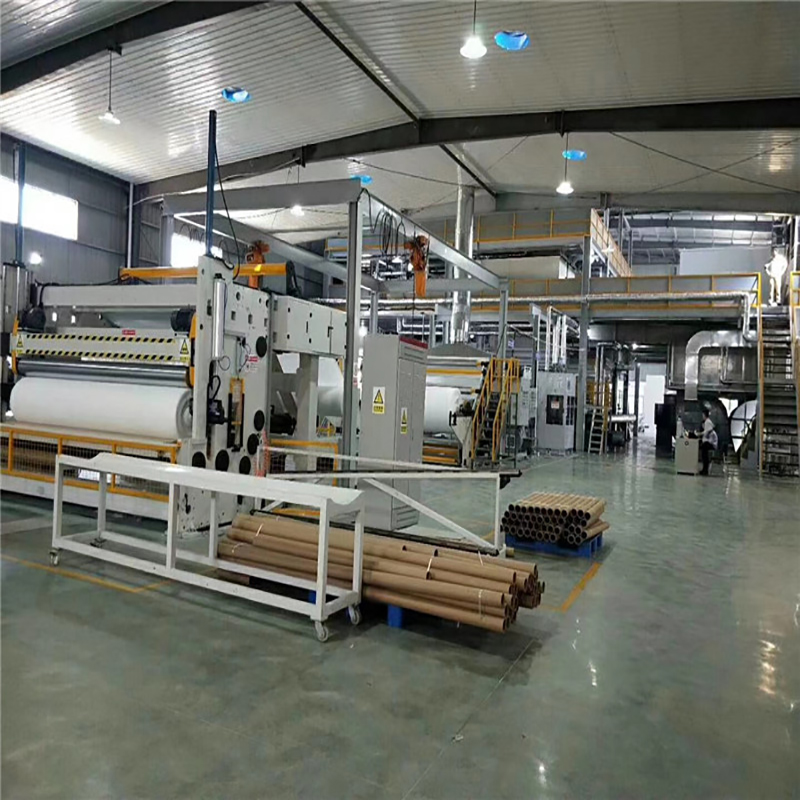Monitoring fiber diameter and uniformity is crucial for ensuring the quality and performance of meltblown fabric.
Here are some common quality control measures used to assess and maintain fiber diameter and uniformity:
Optical Microscopy: Optical microscopy is a widely used technique to measure fiber diameter and assess uniformity. Samples of the meltblown fabric are collected, and individual fibers are viewed under a microscope. Fiber diameter measurements can be taken using image analysis software or manual measurement techniques. Statistical analysis of the measurements provides insights into the average fiber diameter, distribution, and uniformity.
Scanning Electron Microscopy (SEM): SEM is a high-resolution imaging technique that provides detailed information about fiber morphology and diameter. It allows for precise measurements of individual fibers and can reveal any variations or defects in the fiber structure. SEM analysis can provide valuable insights into the overall fiber diameter distribution and uniformity.
Laser Diffraction: Laser diffraction is a non-destructive technique used to measure the particle size distribution in various materials, including meltblown fabric. By passing a laser beam through a sample, the scattered light patterns can be analyzed to determine the diameter distribution of the fibers. Laser diffraction instruments can provide real-time measurements, making them suitable for online monitoring of fiber diameter and uniformity during production.
Air Permeability Testing: Air permeability testing measures the airflow resistance of the meltblown fabric, which is directly related to fiber diameter and uniformity. By measuring the pressure drop across a known area of the fabric, the air permeability can be determined. Deviations in air permeability can indicate variations in fiber diameter and overall fabric quality.
Statistical Process Control (SPC): SPC techniques involve continuous monitoring and statistical analysis of process parameters and product quality data. china meltblown make machine By collecting and analyzing data at different stages of the production process, operators can identify trends, variations, or deviations that may affect fiber diameter and uniformity. SPC can help in setting control limits, alerting operators to take corrective actions when necessary, and ensuring consistent quality throughout production.
Real-Time Monitoring Systems: Advanced meltblown machines may incorporate real-time monitoring systems that utilize sensors, cameras, or other technologies to measure and monitor fiber diameter and uniformity during production. These systems provide immediate feedback to operators and allow for prompt adjustments to process parameters if deviations are detected.
Implementing a combination of these quality control measures can help ensure the desired fiber diameter and uniformity in meltblown fabric. It’s important to establish appropriate sampling plans, calibration procedures, and data analysis methods to maintain consistency and accuracy in the quality control process.
How can real-time monitoring systems help in maintaining fiber diameter and uniformity during production?
Real-time monitoring systems play a crucial role in maintaining fiber diameter and uniformity during production of meltblown fabric.
Here are some ways in which real-time monitoring systems can help:
Immediate Detection of Deviations: Real-time monitoring systems continuously monitor the production process and provide immediate feedback on fiber diameter and uniformity. They can detect any deviations or variations in real-time, allowing operators to take prompt corrective actions. This minimizes the production of out-of-specification fabric and reduces material waste.
Process Parameter Control: Real-time monitoring systems can track and analyze key process parameters that influence fiber diameter and uniformity, such as polymer melt temperature, air velocity, spinneret condition, and other relevant factors. By monitoring these parameters, operators can ensure that they remain within the desired range for optimal fiber production. If any parameter exceeds the set limits, the monitoring system can trigger alarms or alerts to notify operators, enabling them to make necessary adjustments quickly.
Data Visualization and Analysis: Real-time monitoring systems often provide visual representations of data, such as graphs, charts, or color-coded displays. These visualizations allow operators to quickly assess the status of fiber diameter and uniformity and identify any trends or abnormalities. This visualization helps in making informed decisions and taking appropriate actions to maintain the desired quality standards.
Process Optimization: By collecting and analyzing data in real-time, monitoring systems can provide insights into the interrelationships between process parameters and fiber diameter/uniformity. Operators can use this information to optimize the process settings for improved fiber quality and consistency. Over time, data from the monitoring system can be analyzed to identify patterns, correlations, and opportunities for process optimization and improvement.
Historical Data Analysis: Real-time monitoring systems often store historical data, enabling operators to review past production runs and compare performance across different batches or time periods. This retrospective analysis can help identify recurring issues, evaluate the effectiveness of process changes, and support continuous improvement efforts.
Alarm and Alert Systems: Real-time monitoring systems can be programmed to generate alarms or alerts when specific parameters or thresholds are exceeded. These notifications help operators promptly address any deviations from the desired fiber diameter and uniformity. Alarms can be configured to trigger automatic actions, such as stopping the machine, adjusting process settings, or notifying maintenance personnel.
By providing continuous monitoring, immediate feedback, data analysis, and process control capabilities, real-time monitoring systems empower operators to maintain fiber diameter and uniformity within the desired specifications. They enable proactive quality management and facilitate efficient production processes, resulting in consistent and high-quality meltblown fabric.
